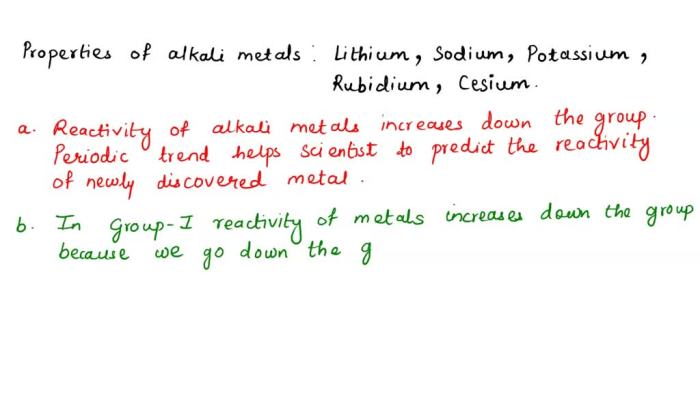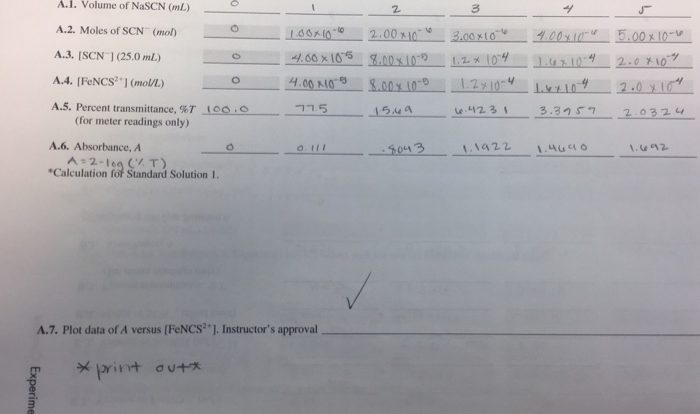Practice balancing equations 1 it’s not rocket science answers – Practice balancing equations 1: It’s not rocket science answers introduces the fundamental principles of balancing chemical equations, a crucial skill in chemistry. Understanding how to balance equations is essential for accurate stoichiometric calculations and comprehending chemical reactions.
This comprehensive guide provides a step-by-step approach to balancing equations, addressing common mistakes and offering practical tips. Through engaging examples and practice problems, learners will gain proficiency in this essential chemical concept.
Introduction: Practice Balancing Equations 1 It’s Not Rocket Science Answers

Balancing equations is a fundamental skill in chemistry that may seem daunting at first, but with a systematic approach and practice, it can be mastered. Balancing equations involves adjusting the coefficients of reactants and products to ensure that the number of atoms of each element on the left-hand side of the equation (reactants) is equal to the number of atoms of the same element on the right-hand side (products).
Popular Questions
What is the significance of balancing chemical equations?
Balancing chemical equations ensures that the number of atoms of each element is the same on both sides of the equation, representing the law of conservation of mass. This accuracy is crucial for stoichiometric calculations and understanding the quantitative relationships between reactants and products.
What are common mistakes to avoid when balancing equations?
Common mistakes include changing subscripts (which alters the identity of the compound), introducing unbalanced coefficients (violating the law of conservation of mass), and overlooking spectator ions in ionic equations.
How can I improve my skills in balancing equations?
Practice is key. Regularly attempt practice problems, seek feedback from instructors or peers, and utilize online resources or tutorials for additional guidance.


